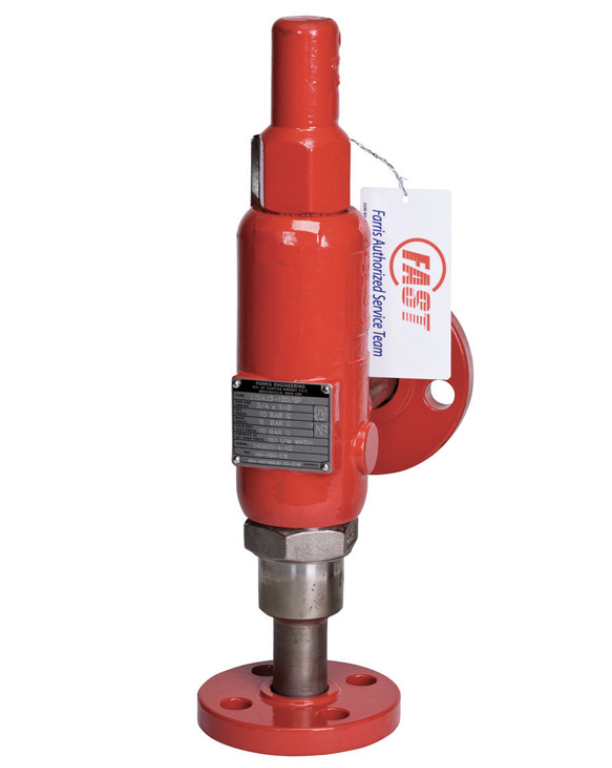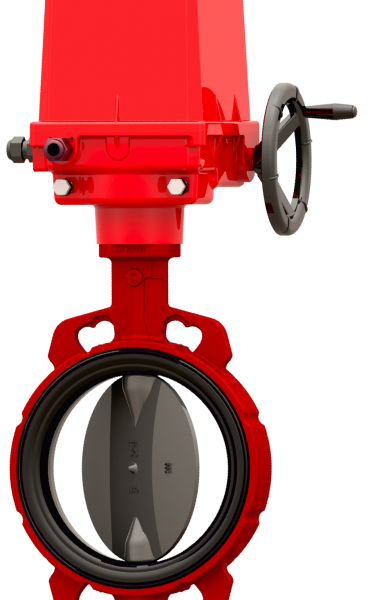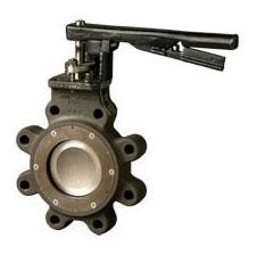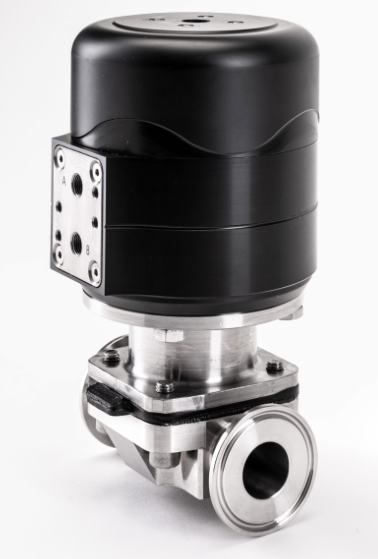Pressure Relief Valves Explained: How They Protect Critical Industrial Systems
In every industrial setting, from chemical plants and food processing facilities to offshore rigs, pressure relief valves are the last line of defence against dangerous over-pressurisation. At Heaps, we’ve spent decades engineering and supplying precision-built valves that safeguard people, equipment and the environment.
Pressure Relief Valves: The First Step in System Safety
A pressure relief valve (PRV) is a mechanical device that automatically opens when the pressure inside a system exceeds a set limit. By venting excess air, gas, steam or liquid, the valve prevents catastrophic failures such as ruptured pipes, equipment damage, and potential injury to personnel.
Unlike simple safety vents, a pressure relief valve is calibrated to open at a precise set pressure and re-seal once normal conditions return. This ensures consistent protection without unnecessary product loss or downtime.
Choosing the Right Pressure Relief Valves
Industrial systems differ widely in media, temperature, and pressure. A valve that performs perfectly on a low-temperature water line may fail under superheated steam or corrosive chemical vapours.
Heaps supplies ASME NB certified and CE approved valves designed to handle a broad range of operating conditions: ADD CORRECT SIZES
- Sizes: ½″ x 1″ to 1-½″ x 2-½″
- Pressure Range: 15 to 6,500 psig (1.0 to 448 barg)
- Temperature Range: -450 to 750 °F (-268 to 399 °C)
- Materials: Carbon steel, stainless steel, low/high temperature alloy steels, Monel®, Hastelloy C®, Duplex, and NACE-compliant materials
These specifications mean we can deliver a solution for everything from cryogenic service to high-temperature steam applications.
Main Design Types of Pressure Relief Valves
Understanding the design options helps engineers specify the correct valve for each application.
Spring-Loaded Valves
The most common type, spring-loaded valves use a calibrated spring to keep the disc seated until system pressure reaches the set point. They are reliable for air, gas, steam and many liquid services.
Balanced Bellows or Piston Valves
Balanced designs maintain set pressure accuracy even when back pressure varies, making them ideal for processes where discharge lines experience fluctuating conditions.
Pilot-Operated Valves
For very high capacities or when tight shut-off is critical, pilot-operated valves use a small control pilot to sense pressure and actuate the main valve. They excel in applications with high operating-to-set pressure ratios.
Our Series 2700 pressure relief valves can be configured with options such as O-ring seats, balanced designs, flanged or socket weld connections, welding nipples and sanitary fittings, ensuring a precise match to your process requirements.
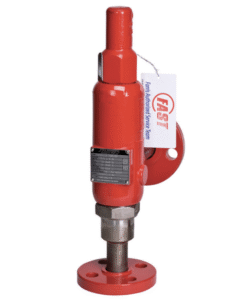
Key Standards: ASME and ISO
Safety valves are only as trustworthy as the standards behind them.
- ASME (American Society of Mechanical Engineers) Boiler and Pressure Vessel Code: This globally recognised certification confirms a valve’s ability to open, discharge and reseat within strict tolerances. Heaps valves carry ASME NB certification for air, steam and water services.
- ISO and CE Marking: European directives require compliance with the Pressure Equipment Directive (PED). Our CE approved valves meet these requirements, giving assurance for installations across the UK and EU.
Working with a supplier that understands both ASME and ISO frameworks ensures that your plant remains compliant wherever it operates.
Applications Across Industries
Pressure relief valves are integral to a wide range of systems:
- Air, Gas and Vapour Lines: Protecting compressors and storage vessels.
- Steam Systems: Preventing dangerous pressure build-ups in boilers and process lines.
- Liquids and Cryogenic Services: Maintaining safety in chemical plants, LNG facilities, and food processing.
Because our valves are available in corrosion-resistant alloys like Monel® and Hastelloy C®, they perform reliably even in highly aggressive or marine environments.
Maintenance and Best Practice
Selecting the right valve is only half the job. Regular inspection and recertification are critical to long-term safety:
- Routine Testing: Periodically lift the valve or perform bench testing to confirm the set pressure.
- Visual Checks: Inspect for corrosion, seat damage, or evidence of leakage.
- Professional Re-Certification: Follow ASME and ISO schedules for recalibration and documentation.
We offer technical support and guidance to help operators plan preventive maintenance and stay compliant with regulatory requirements.
Work with Heaps
For more than a century, Heaps has supplied engineered valve solutions to industries where safety and reliability are non-negotiable. Our Series 2700 pressure relief valves combine precision manufacturing with a wide range of materials and connection options, allowing us to tailor each product to the exact needs of your system.
Whether you are safeguarding a chemical reactor, a steam distribution network, or a cryogenic pipeline, our team will help you specify the ideal valve, balancing performance, cost and regulatory compliance.
Protect Your Systems Today
Pressure relief valves are not just components; they are essential safety devices that protect people, assets and the environment. By understanding how they work, recognising the different designs, and insisting on internationally certified products, you can ensure your operations remain secure and compliant.
Explore the full specifications of our Series 2700 Pressure Relief Valves or speak with a Heaps engineer to discuss your exact requirements.
Contact us for further information.

